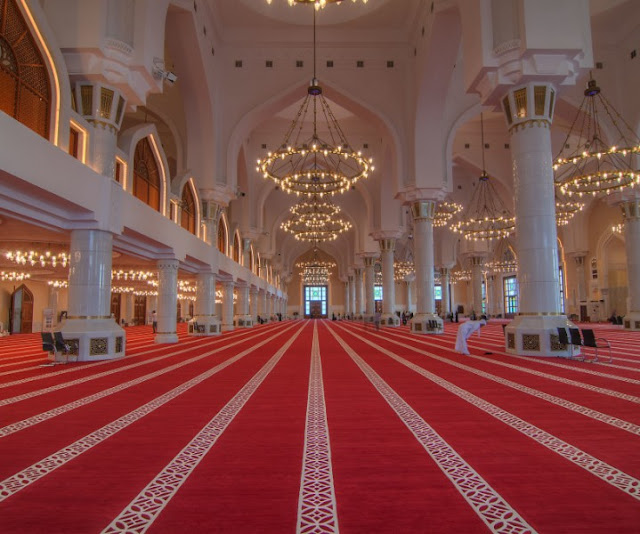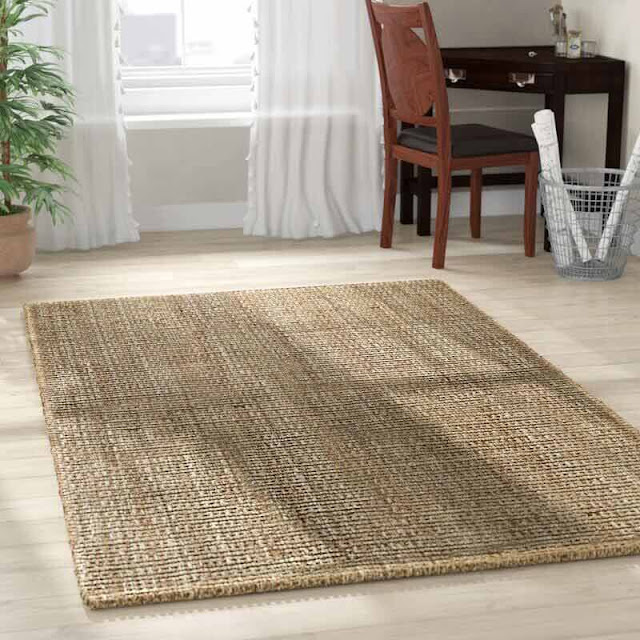Weaving Spirituality and Artistry: The Significance of Mosque Carpets
Mosques hold a unique place in the hearts of believers, serving as spiritual sanctuaries where individuals come to connect with their faith, seek solace, and find community. Within the serene architecture of a mosque, one element stands out as both functional and artistically significant: mosque carpets. These carefully crafted carpets play a pivotal role in shaping the atmosphere and spiritual experience within a mosque. In this article, we will explore the rich history, symbolic importance, and cultural significance of mosque carpets.
A Historical Thread
The tradition of using carpets in mosques traces its roots back through centuries, with origins rooted in the cultural heritage of Islamic societies. Carpets were initially introduced to mosques for practical purposes, such as providing a clean and comfortable place for worshippers to pray. Over time, these carpets evolved into artistic masterpieces, woven with intricate designs and infused with spiritual symbolism.
Intricate Design and Spiritual Symbolism
Mosque carpets are renowned for their intricate designs, geometric patterns, and vibrant colors. These designs often hold deep spiritual meanings, such as the mihrab (prayer niche) or the mehrab (arch) that signifies the direction of Mecca. The geometric patterns are reflective of the Islamic belief in unity and harmony, showcasing the mathematical precision and divine order of the universe.
Creating a Serene Ambiance
The softness and warmth of mosque carpets underfoot play a crucial role in creating an atmosphere of tranquility and comfort. As worshippers kneel and bow in prayer, the carpet becomes a tactile reminder of the spiritual journey they embark upon. The carpets' acoustic properties also contribute to a serene environment, absorbing sound and minimizing echoes, fostering an environment conducive to focused worship.
Cultural Identity and Craftsmanship
The choice of mosque carpets is deeply rooted in cultural traditions. Different regions have their distinct carpet weaving styles that reflect local aesthetics and artistic sensibilities. Carpets from Turkey, Iran, Morocco, and beyond carry their unique characteristics, yet all share the common goal of creating an environment that invites reflection and spiritual connection.
Harmony Between Art and Faith
Mosque carpets exemplify the harmonious blend of art and faith within Islamic culture. The act of weaving a carpet becomes a spiritual endeavor, where each intricate stitch carries prayers, devotion, and a deep sense of purpose. The resulting masterpiece serves as a bridge between the material and the spiritual realms, enriching the worship experience.
Preserving Legacy and Identity
Caring for mosque carpets is a testament to the commitment of maintaining tradition and preserving cultural heritage. Regular maintenance, cleaning, and restoration ensure that these intricate pieces of art remain vibrant and continue to inspire worshippers for generations to come.
Conclusion
Within the sacred realm of a mosque, every element plays a role in facilitating a spiritual journey. Mosque carpets stand as tangible expressions of devotion, tradition, and cultural identity. Their intricate designs, acoustic properties, and symbolic significance contribute to an atmosphere that invites worshippers to experience reverence, connection, and unity. As the faithful gather to pray and contemplate, mosque carpets silently bear witness to centuries of devotion, weaving threads of faith and artistry into a tapestry that transcends time, enriching lives and cultures across the world.


.jpg)
Comments
Post a Comment